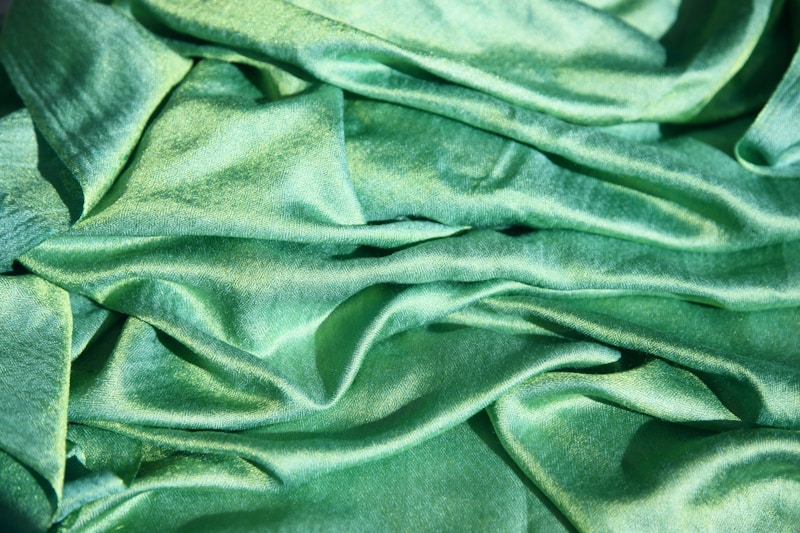Understanding the Craftsmanship of Custom Gowns: An In-Depth Exploration
Understanding the Craftsmanship of Custom Gowns: An In-Depth Exploration
Mastering the Art of Custom Gowns
Custom gowns are more than just pieces of clothing; they represent the height of fashion craftsmanship, catering to personal style and individuality. Whether it's for a wedding, gala, or any special occasion, the allure of a custom gown lies in its unique design, tailored fit, and the artist's meticulous attention to detail. In this article, we will delve deeper into the craftsmanship involved in creating these stunning garments, highlighting the steps involved, key elements, and essential considerations for anyone looking to invest in a custom gown.
The Craftsmanship Behind Custom Gowns
Creating a custom gown involves various stages of craftsmanship, each requiring different skills and techniques. Here's an overview:
| Stage | Details |
| 1. Consultation | Initial meetings to understand the client’s vision, preferences, and budget. |
| 2. Design Phase | Sketching the gown based on the client’s input, fabrics, and occasion. |
| 3. Fabric Selection | Choosing the right fabric that complements the design and fits the desired aesthetic. |
| 4. Fitting Sessions | Multiple fittings to ensure an accurate and comfortable fit. |
| 5. Final Construction | Assembling the gown with careful attention to detail, including hand-stitching and embellishments. |
Choosing the Right Fabric
The selection of fabric is a critical step in creating a custom gown. Different materials offer various textures and silhouettes, impacting the overall appearance of the gown. Common fabric choices include silk, chiffon, velvet, and lace. Each brings its unique qualities, and understanding these can significantly enhance the final product. For instance, silk offer elegance and drape, while lace can add a romantic touch to the gown.

Key Elements of Custom Gowns
The beauty of custom gowns lies in their personalized details. Here are some essential elements that make a custom gown stand out:
- Silhouette: The shape of the gown, whether it’s a silhouette resembling a mermaid, A-line, or ball gown, will define the overall appearance.
- Embellishments: Details such as beads, embroidery, and appliqués enhance the gown’s beauty and reflect the artisan's skills.
- Color Palette: Choosing the right color that complements the wearer’s skin tone and aligns with the occasion is vital.
- Unique Features: Personal touches such as custom necklines, sleeves, or back designs set a gown apart.
Understanding Body Types
When designing a custom gown, it is essential to consider the wearer's body type. Different silhouettes complement different shapes, and understanding these can make a significant difference in the overall look. For instance, an A-line gown is often flattering for most figures, while a sheath dress may enhance a more slender silhouette. A skilled designer will take body type into account to create a gown that enhances the wearer’s natural beauty.
Fitting: The Heart of Custom Gown Creation
Fittings play a crucial role in the making of a custom gown. The fitting process typically involves three stages: the initial fitting, the second fitting, and the final fitting. Each fitting allows for adjustments to be made to ensure the perfect fit.
- Initial Fitting: This is when the basic structure is built, and the gown will usually be made with a less expensive fabric for fit evaluation.
- Second Fitting: The gown is constructed with the chosen fabric, and any necessary changes are made based on the client’s feedback.
- Final Fitting: This is the last chance to make adjustments before the gown is completed. The final fit should be comfortable and snug.
Emotional Connection to Custom Gowns
For many, a custom gown represents a significant moment in their lives. It’s not just about the aesthetics; it’s about the feelings associated with the gown. Be it for a wedding, prom, or a special gala, the gown often signifies important life milestones. Therefore, the craftsmanship involved is also about understanding the client’s emotional journey during the creation process.
Tips for Your Custom Gown Experience
Investing in a custom gown requires careful consideration. Here are some tips to make the process more enjoyable and successful:
- Start Early: Begin the process several months before the event to allow ample time for design and fittings.
- Be Open-Minded: While you might have a specific vision, being open to suggestions from the designer can lead to beautiful, unexpected outcomes.
- Know Your Budget: Understanding your budget upfront can help guide the decisions on fabric, design, and embellishments.
- Communicate Clearly: Be honest and clear about your preferences, concerns, and feedback during the fitting sessions.
- Document Your Journey: Keep notes and photos of your fitting sessions. It can help in communicating your style preferences and serve as a great keepsake.
Conclusion: The Essence of Custom Gowns
Understanding the craftsmanship of custom gowns goes beyond appreciating beautiful designs; it is about recognizing the skill, effort, and emotional connection involved in creating them. From the initial consultation to the final fitting, the process is deeply collaborative, focused on achieving a gown that reflects the wearer’s individuality and enhances their confidence.
Whether you are planning for a wedding, special event, or personal celebration, investing time in understanding the craftsmanship of custom gowns will ensure you make the best choices for your unique style. Remember to enjoy the journey and celebrate the art of fashion in every step!
As you look to purchase your custom gown, don’t forget to explore various designers, gather inspirations from different sources, and, most importantly, have fun with the process!
